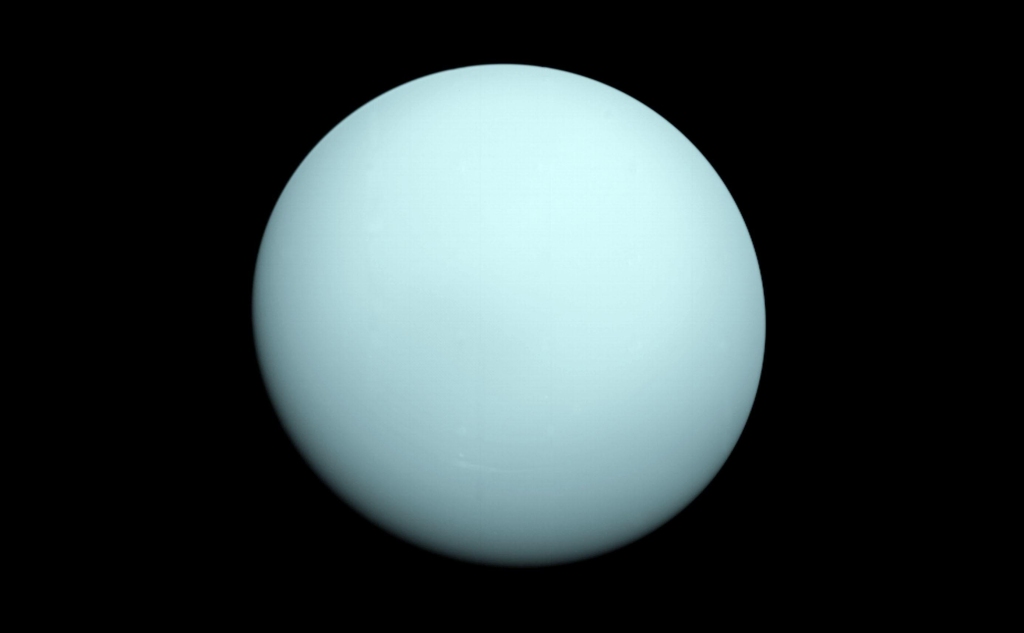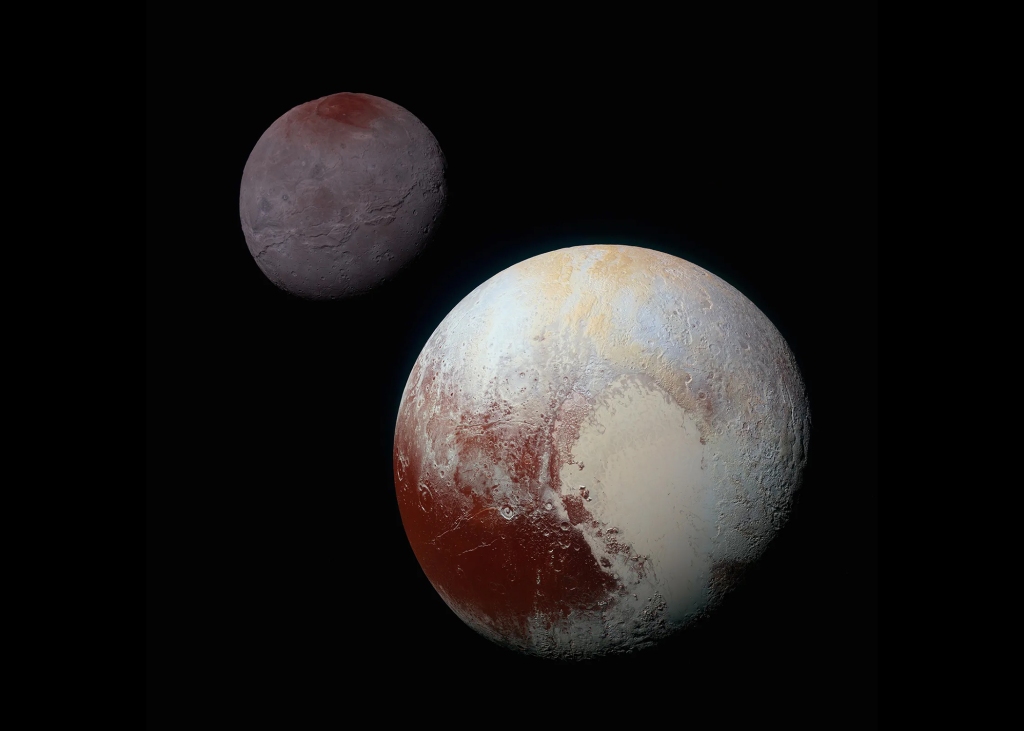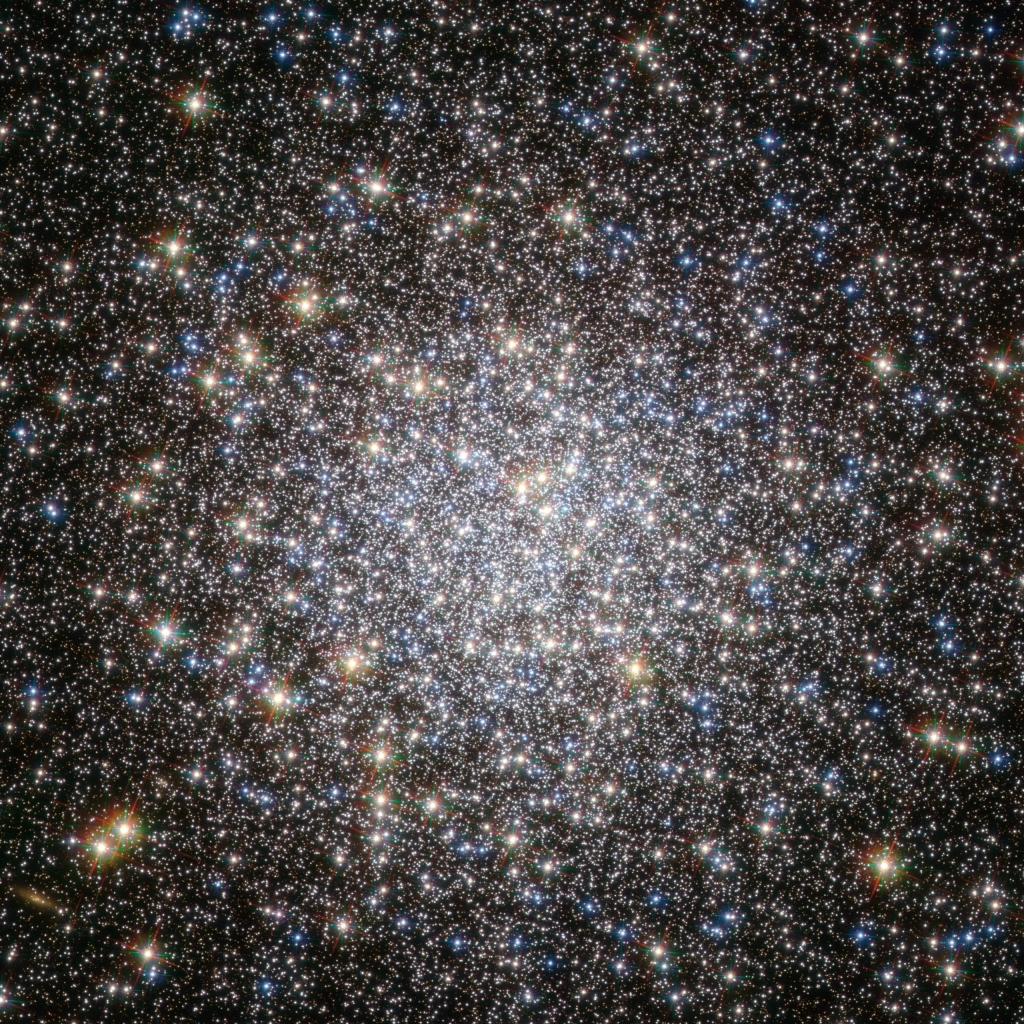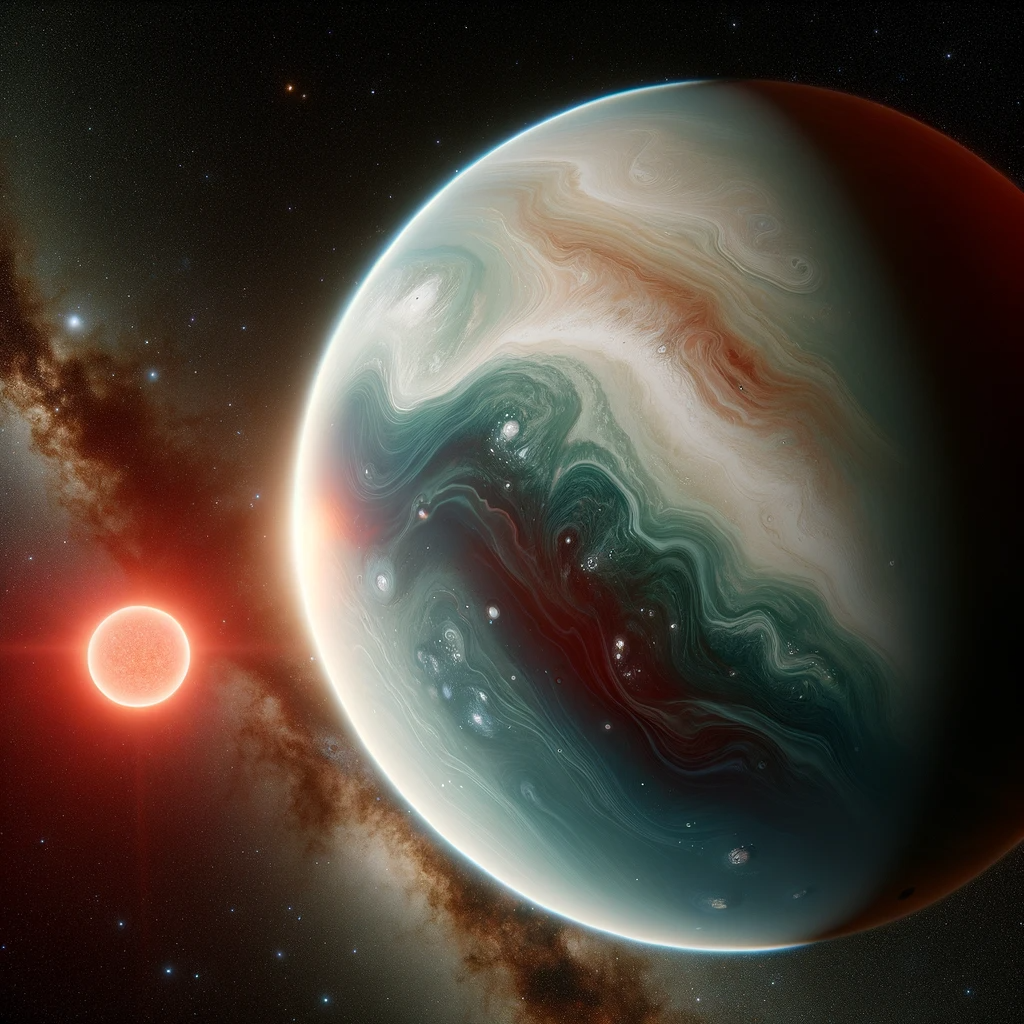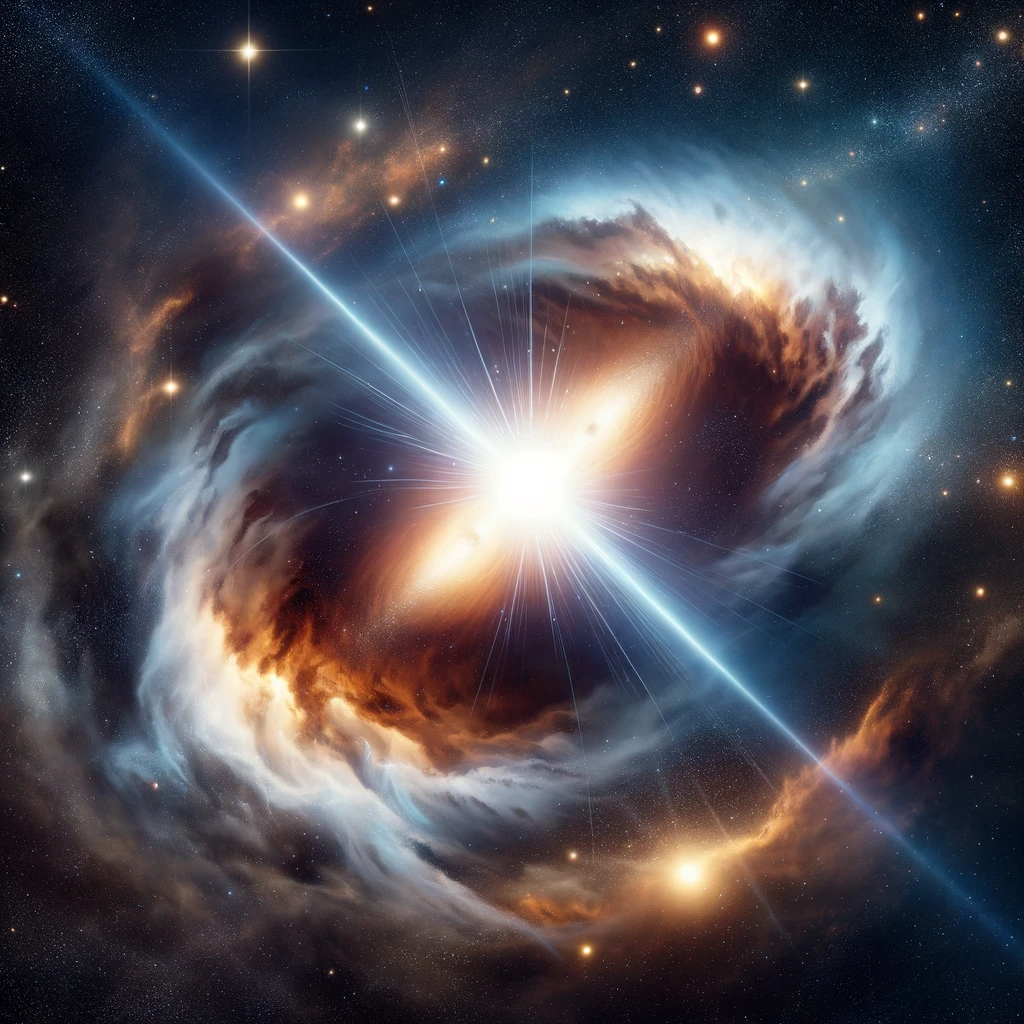- Scientists suggest using noble gases like argon, krypton, and xenon as tracers to understand Uranus’s atmospheric composition, offering clues about the planet’s cosmic origins and the materials from which it formed.
- Xenon isotopes could reveal whether Uranus’s atmosphere accreted from cold ices like Jupiter, warmer cometary materials, or a completely different source, potentially challenging existing theories of planetary formation.
- The study highlights the importance of xenon condensation on methane ice in Uranus’s upper troposphere, which could provide precise isotopic measurements, enriching our understanding of the planet’s atmospheric dynamics and evolution.
A new study of Uranus contributes to our understanding of planetary formation, with scientists asserting that the noble gases argon, krypton, and xenon could provide critical insights into the cosmic lineage of the distant ice giant. These inert gases, known for their lack of chemical reactivity and propensity to remain unchanged over eons, are now believed to be key in deciphering the atmospheric composition of Uranus, offering clues to its accretion history and the nature of the materials from which it formed.
Uranus, the seventh planet from the Sun, is a unique member of our solar system. Known for its striking blue-green hue thanks to methane in its atmosphere, Uranus stands out for its extreme axial tilt, which causes it to rotate on its side, leading to extreme seasonal variations. Unlike any other planet, its north and south poles experience 42 years of continuous sunlight or darkness over its 84-year orbit. Uranus is primarily composed of water, ammonia, and methane ices, beneath a thick atmosphere of hydrogen and helium. Uranus boasts a ring system, faint and complex, and 27 known moons.
In the study, researchers propose utilizing noble gases as tracers within an atmospheric probe to Uranus, suggesting that the elemental and isotopic abundances of these gases could reveal whether the planet’s atmosphere was formed from materials similar to those of Jupiter’s extremely cold ices, or the warmer cometary materials akin to comet 67P/Churyumov–Gerasimenko, or a different source altogether. Specifically, xenon isotopes might shed light on whether Uranus shares a common origin with the wider solar nebula or exhibits a unique cosmic provenance similar to Earth’s air or comet 67P/C-G.

The study highlights the potential for xenon to condense on methane ice within Uranus’s upper troposphere, a phenomenon that could both complicate and enrich the interpretation of xenon’s isotopic data. By examining the ratios of argon to hydrogen and krypton, alongside xenon’s isotopic peculiarities, scientists believe they can challenge existing theories on planetary origins and the uniform enrichment of elements heavier than helium across gas giants.
This research also revisits the notion of noble gas abundance patterns, first observed in Jupiter, and questions whether a similar distribution exists in Uranus, which could significantly impact our understanding of the solar system’s formation and the chemical makeup of gas giants. The condensation of xenon, in particular, presents a unique opportunity for precise isotopic measurements that could provide unprecedented insights into the atmospheric dynamics and cloud formations on Uranus.
By exploring the isotopic anomalies and elemental abundances of noble gases, scientists hope to uncover the intricacies of Uranus’s formation, offering a new perspective on the solar system’s evolutionary history and challenging prevailing hypotheses on the origins of its planets.
Source: Zahnle, Kevin. “Noble Gas Planetology and the Xenon Clouds of Uranus.” The Planetary Science Journal, vol. 5, no. 3, 2024, p. 73, dx.doi.org/10.3847/PSJ/ad276b, https://doi.org/10.3847/PSJ/ad276b.
Featured Image: NASA

